List of Presidents of India (1950-2025)
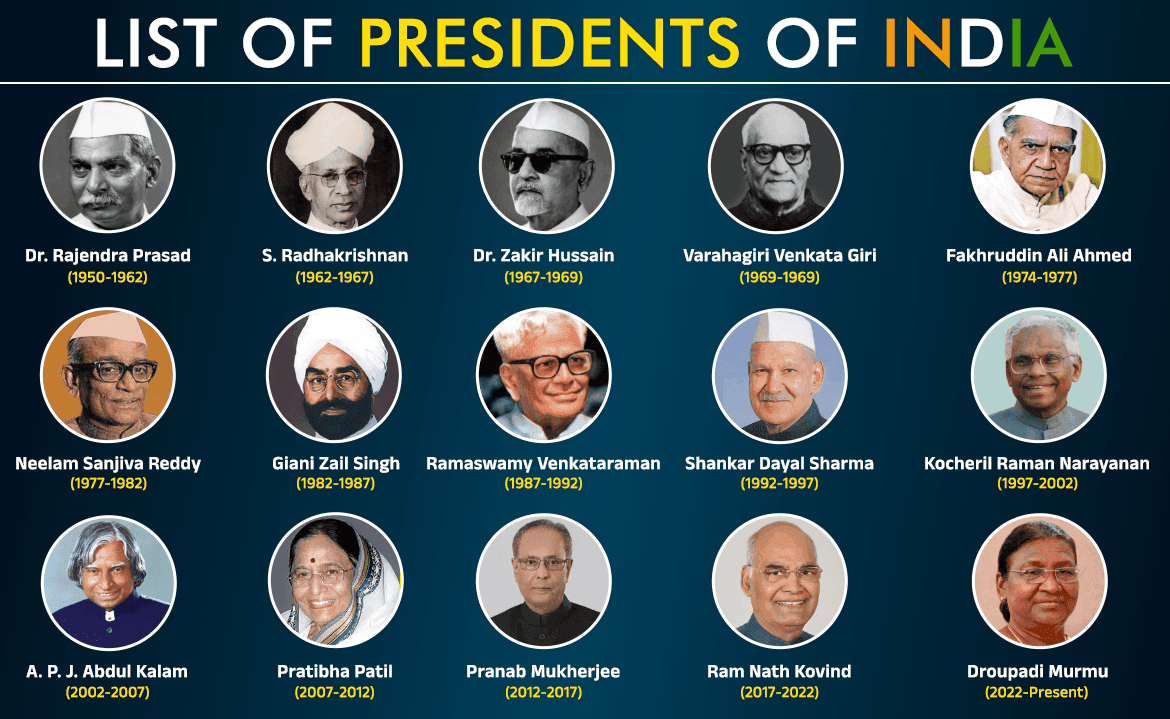
The office of the President of India, established with the birth of the Republic in 1950, stands as the highest constitutional authority in the country. Over the decades, the Rashtrapati Bhavan has been home to a diverse range of leaders, scholars, freedom fighters, jurists, and visionaries, each leaving a unique imprint on the Republic’s journey.
Here is a detailed list of the Presidents of India, from 1950 to 2025, highlighting their tenures and contributions to the nation.
1)Dr. Rajendra Prasad | The 1st President of India
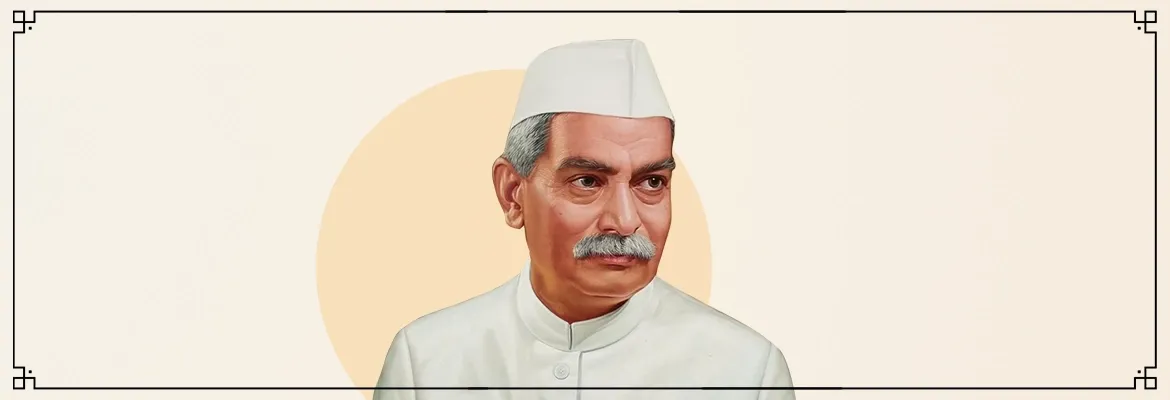
Dr Rajendra Prasad became the first president when India became a republic. Prasad was very successful in his Law career, which he left to join the freedom struggle. He served as the 1st food and agriculture minister (1947 – 1948)
• Lifespan: (1884 – 1963)
• Tenure: (1950-1962)
• Birth Place: Ziradei (Bihar)
• Awards:
- Bharat Ratna(1962)
- Knight Grand Commander of the Order of the Star of India (GCSI) (1957)
- Padma Vibhushan (Posthumous, 1969)
Contribution
- He played a crucial role in framing the Indian Constitution as the president of constituent assembly.
- He was re-elected in 1957 for a second term and became the only president to serve two full terms.
- He opened the Mughal gardens at Rashtrapati Bhavan to the public for the first time.
- He resigned from congress party politics and established a tradition of Independence and non-partisanship for the office bearer.
2)Dr. Sarvepalli Radhakrishnan | The 2nd President of India
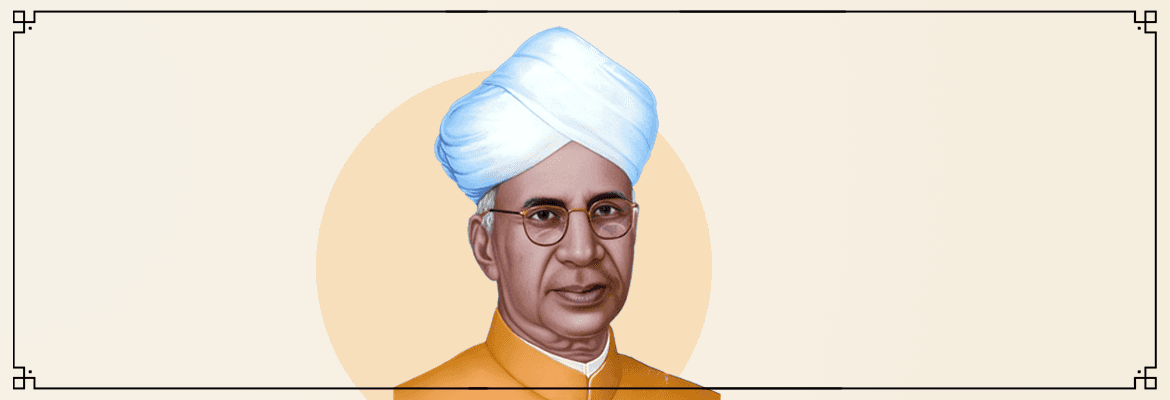
Dr. Sarvepalli Radhakrishnan was the second president of India in 1962. He had a prominent career in Academia before joining politics. Before becoming the president, he was India’s first Vice president from 1962- 1967 and Ambassador to the Soviet Union.
• Lifespan: (1888 - 1975)
• Tenure: (1962-1967)
• Birth Place: Thiruttani (Tamil Nadu)
• Contribution
- He helped India in strengthening India’s international relations.
- Not only this, but he also contributed to international cultural cooperation and intellectual cooperation by leading Indian delegation to UNESCO and chairing it’s executive board.
- His birthday, 5th September is celebrated as Teacher’s Day to pay respect to teachers.
• Awards:
- Knighthood (1931)
- Bharat Ratna (1954)
- Pour le Mérite for Sciences and Arts (1954)
- Sash First Class of the Order of the Aztec Eagle (1954)
- Peace Prize of the German Book Trade (1961)
- Order of Merit (1963)
- Sahitya Akademi Fellowship (1968)
- Templeton Prize (1975)
3)Dr. Zakir Husain | The 3rd President of India
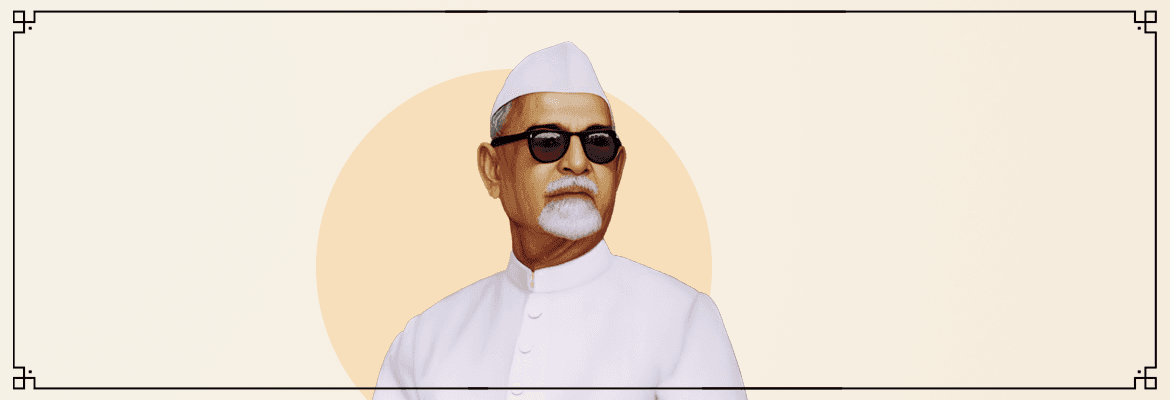
Zakir Hussain was an educationist along with being a politician. He was responsible for transforming Aligarh Muslim University and later Jamia Millia Islamia while serving as the Vice Chancellor.
He also served as a Vice president of India from 1962- 1967 before becoming the President in 1967.
• Lifespan: (1897 - 1969)
• Tenure: (1962-1967)
• Birth Place: Hyderabad (Telangana)
• Awards:
- Padma Vibhushan (1954)
- Bharat Ratna (1963)
• Contribution:
- He was the first Muslim President of India and the first to die in office.
- He was also the first Governor of state to be elected president of india.
- Husain was an active participant in the Indian freedom struggle.
4)V.V. Giri | The 4th President of India
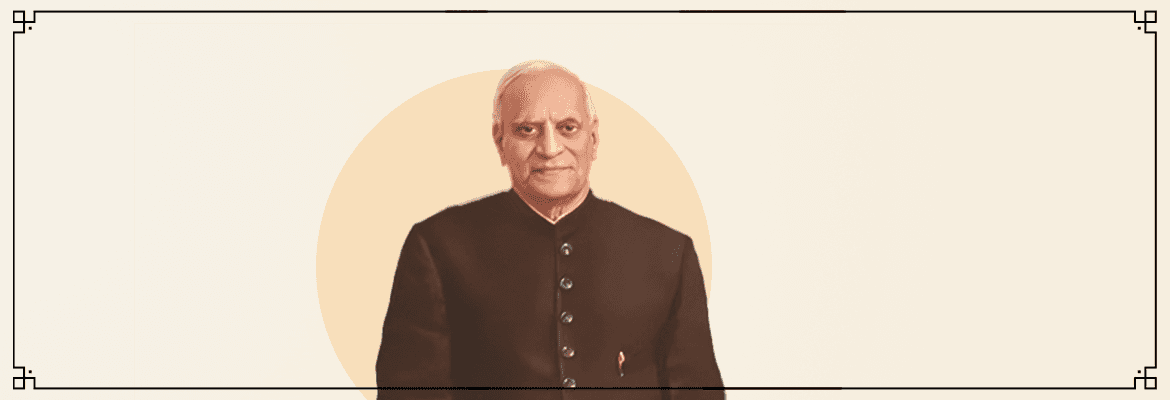
Varahagiri Venkata Giri was a distinguished political leader and social activist who served as the fourth President of India in 1969.
After returning from Ireland he joined the Indian freedom struggle, he was strongly associated with the labour movement. He stood up for the workers and trade unions across the country.
• Lifespan: (1894 - 1980)
• Tenure: (1969-1969)
• Birth Place: Brahmapur (Odisha)
• Awards: - Bharat Ratna (1975)
• Contribution:
- He was the Minister of Labour after the independence, which led to establishment of the Central Advisory Council and the Indian Labour Conference.
5) Fakhruddin Ali Ahmed | The 5th President of India

Fakhruddin Ali Ahmed was an active participant of the Indian freedom struggle, which also led to the beginning of his political career. In 1952 and 1967 respectively he was elected to the Rajya Sabha and the Lok Sabha. Later in 1974 he became the 5th President of India.
• Lifespan: (1905 - 1992)
• Tenure: (1974-1977)
• Birth Place: Delhi
• Contribution:
- During his presidency, he was remembered for his commitment to preserving the Indian Constitution. He ensured that his decisions and actions respected democratic values, upheld the rule of law, and maintained the impartiality and dignity of the President’s office.
- He was deeply interested in cultural activities and sports, hence was associated with numerous educational, cultural institutions and the Olympic Association
6) Neelam Sanjeeva Reddy | The 6th President of India
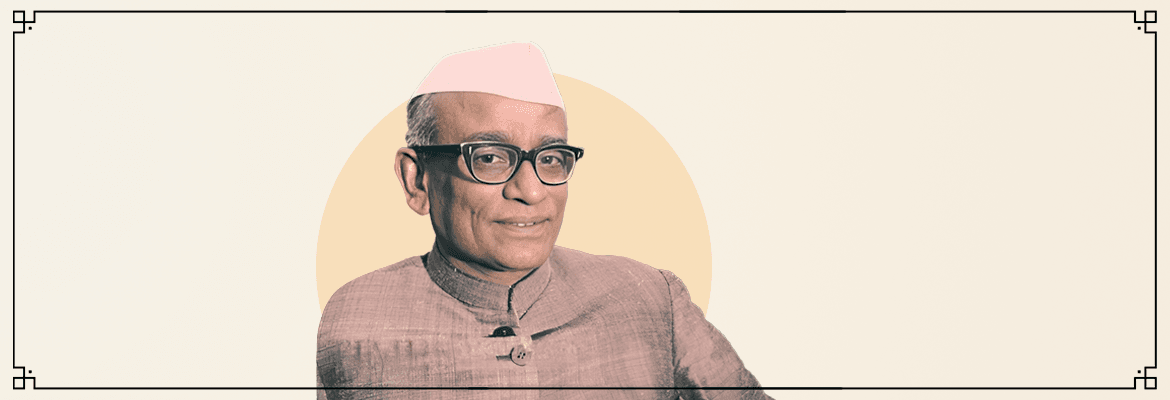
During His college Years he was involved in India’s freedom struggle, giving rise to his political career. He was imprisoned twice for going against the British rule, participating in the movements.
After the Independence, Reddy served as the Minister of Prohibition, housing, and Forests in the Composite Madras state and then eventually became the first Chief Minister of Andhra Pradesh in 1956. He then became the 6th president of India in 1977.
• Lifespan: (1894 - 1980)
• Tenure: (1977-1982)
• Birth Place: Anantapur (Odisha)
• Contribution:
- In solidarity with the underprivileged, he announced he would be taking a 70% salary cut and move out of the Rashtrapati Bhawan.
7) Giani Zail Singh | The 7th President of India

Zail Singh trained to be a granthi, while training at the Sikh Missionary school in Amritsar. He was an active participant in the Indian freedom struggle and deeply involved in the Quit India Movement.
He was imprisoned several times for his participation in numerous protests and movements against the British rule. Post independence he served as a Minister and later the Chief Minister of Punjab from 1972 to 1977.
• Lifespan: (1916-1994)
• Tenure: (1982-1987)
• Birthplace: Sandhwan (Punjab)
• Contribution:
- He was known for his commitment to the welfare of the poor and the disadvantaged.
8) Ramaswamy Venkataraman | The 8th President of India
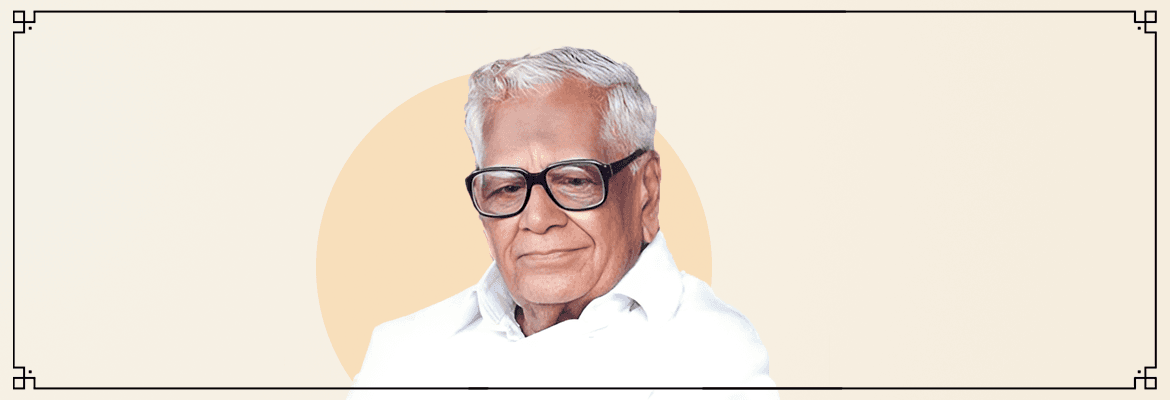
Ramaswamy Venkataraman was a politician, lawyer and activist. He became a member of the constituent assembly in 1946 and later served as Union finance Minister and defence minister. He was elected vice president in 1984 before getting elected as President in 1987.
• Lifespan: (1910-2009)
• Tenure: (1987-1992)
• Birth Place: Rajamadam (Tamil Nadu)
• Contribution:
- He was deeply committed to public service and democratic values
- He was known for his simplicity, integrity and dedication to the principles of justice and Equality
9) Dr. Shankar Dayal Sharma | The 9th President of India
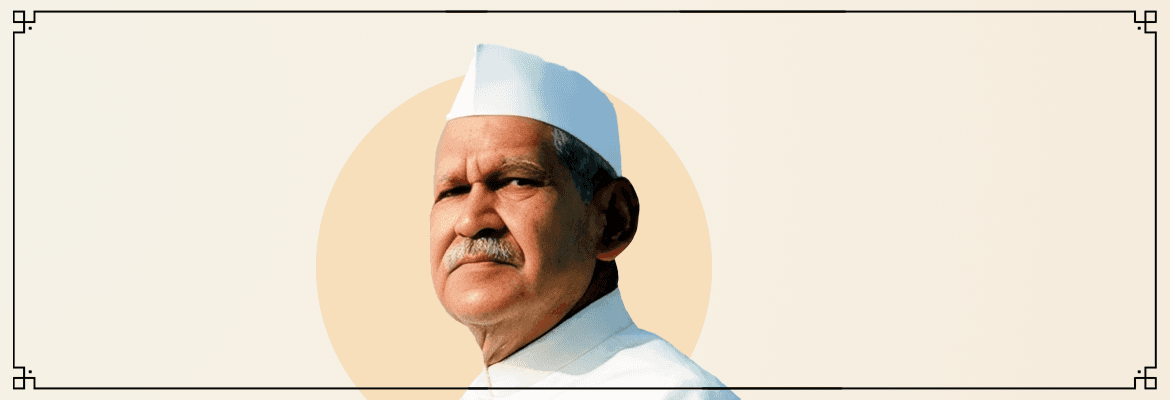
Dr. Shankar Dayal Sharma served as the 9th president of India. He was a lawyer and a politician, however he was also a poet and writer. He was elected to Lok Sabha in 1971 and as the minister of communication in 1977. He became the Vice president of India in 1992.
• Lifespan: (1918-1999)
• Tenure: (1992-1997)
• Birth Place: Bhopal (Madhya Pradesh)
• Contribution:
- He was committed to contesting against terrorism, communalism and poverty in India.
- He was renowned for his strong judicial judgement and was recognised for his legal knowledge.
10) Kocheril Raman Narayanan | The 10th President of India
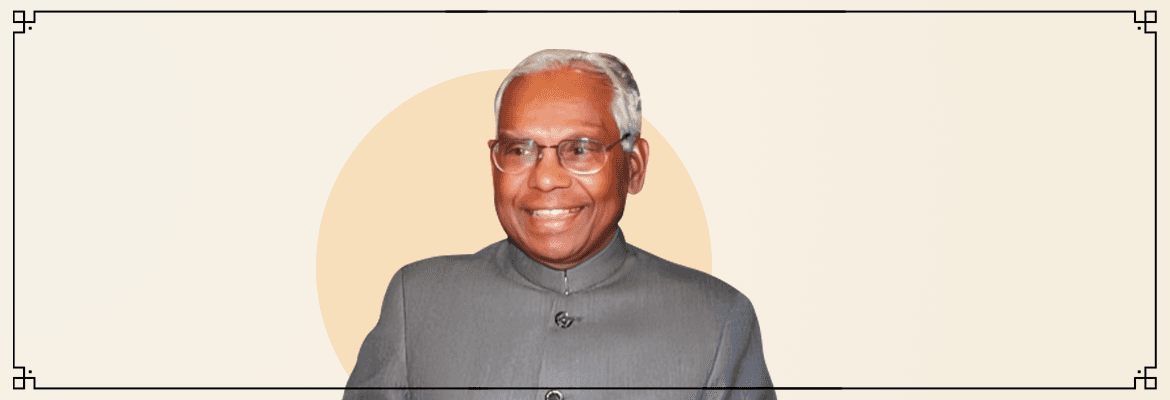
Kocheril was the 10th president of India and the first person from Kerala and the first Dalit to become the president.
He started his career in Indian foreign service in 1949. Before starting out with the Indian foreign service he studied at the London school of economics.
• Lifespan: (1920-2005)
• Tenure: (1997-2002)
• Birth Place: Uzhavoor (Kerala)
• Contribution:
- He was a critical thinker and a known for his vast knowledge of Indian and world affairs.
- His careful observance of constitutional proprieties and his preservation of the office's independence and dignity are what people remember most about his presidency.
11) Dr. A.P.J. Abdul Kalam | The 11th President of India
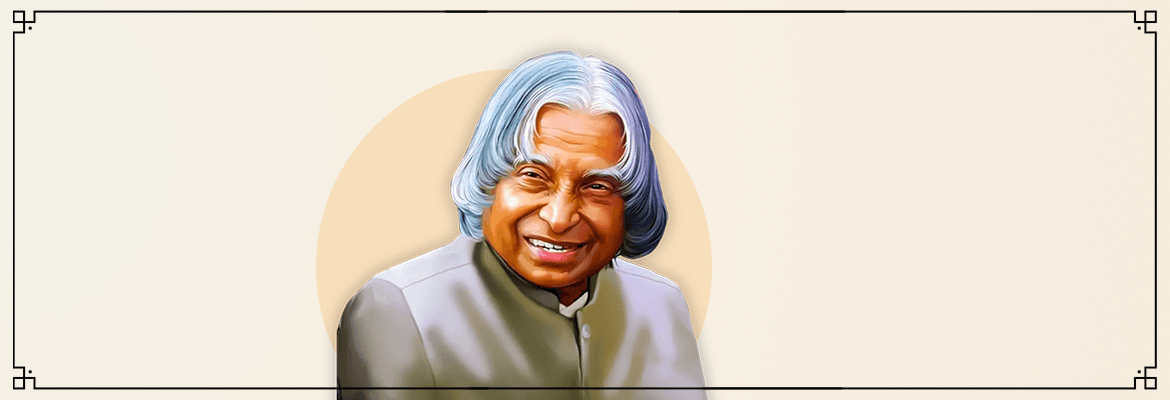
Dr. A.P.J. Abdul Kalam became the President of India in 2002, and though he held the highest constitutional office, he was admired far beyond politics. A renowned scientist and the driving force behind India’s missile and space programmes.
He inspired millions with his vision for a self-reliant and developed nation. Widely respected for his wisdom and humility, he got the title of “People’s President”.
• Lifespan: (1931-2015)
• Tenure: (2002-2007)
• Birth Place: Rameswaram (Tamil Nadu)
• Awards:
- Bharat Ratna (1997)
- Padma Vibhushan (1990)
- Padma Bhushan (1981)
-Indira Gandhi Award for National Integration (1997)
- Veer Savarkar Award (1998)
- Ramanujan Award (2000)
- Prof Y Nayudamma Memorial Gold Medal (1996)
- GM Modi Award for Science (1996)
- HK Firodia Award for Excellence in S&T(1996)
- Om Prakash Bhasin Award
- National Nehru Award
• Contribution:
- Kalam supported the bold plan to develop India into a developed country by emphasising economic expansion and scientific advancement.
- Dr. Kalam led India Millennium Mission 2020
- To raise living conditions, Kalam underlined the necessity of sustainable practices and better rural infrastructure.
12) Shrimati Pratibha Singh Patil | The 12th President of India
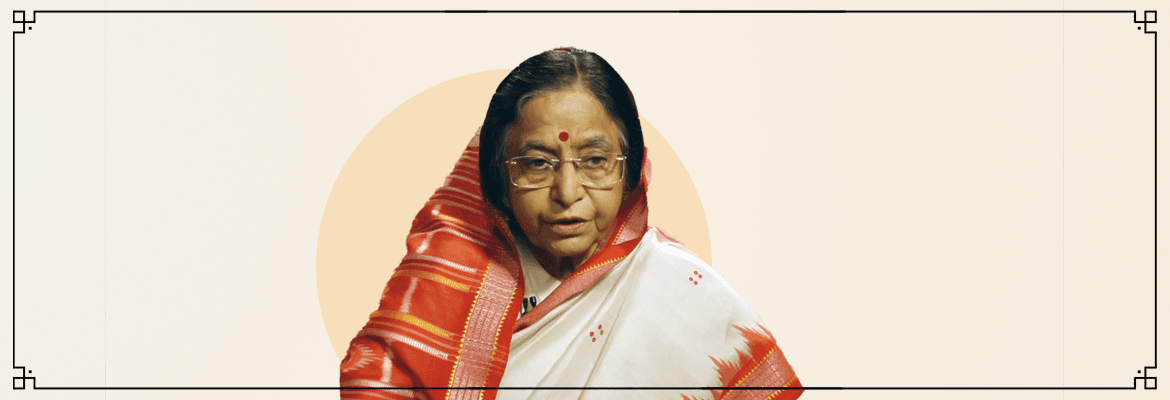
Pratibha Singh Patil was the first female president of India. She started her political career at a very young age and got elected to the Maharashtra Legislative Assembly for the Jalgaon constituency.
She became President in 2007.
• Birth: 1934
• Tenure: (2007-2012)
• Birth Place: Nadgaon (Maharashtra)
• Contribution:
- She has actively promoted the welfare of women, children, and the less fortunate segments of society throughout her public life. She created a number of institutions for their benefit.
13) Pranab Mukherjee | The 13th President of India

Pranab Mukherjee was the first person from West Bengal to become the president. He was elected in 2012. As the president he strengthened our country's democratic foundation.
Not only politics but he has also authored several books on the Indian Economy and Nation Building.
• Lifespan: (1935-2020)
• Tenure: (2012-2017)
• Birth Place: Mirity (West Bengal)
• Awards:
- Bharat Ratna (2019)
• Contribution:
- He denied 24 appeals for mercy, including those of Afzal Guru, Ajmal Kasab, and Yakub Memon.
- Pranab Mukherjee is the first Indian president to respond to all of the death row detainees' requests for mercy during his tenure, as well as to prior presidents' requests.
14) Ram Nath Kovind | The 14th President of India
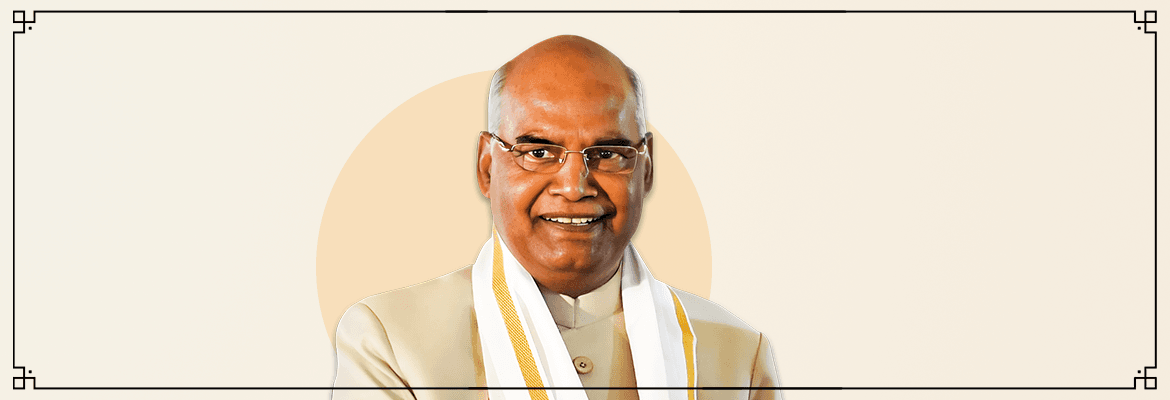
Ram Nath Kovind is a politician and a lawyer. He was the first President from Uttar Pradesh (UP). Before becoming the president of India, he was also the governor of Bihar.
• Birth: 1945
• Tenure: (2017-2022)
• Birth Place: Paraunkh (Uttar Pradesh)
• Contribution:
- He represented India in 33 different countries, expanding it’s influence across the world.
- He was awarded the highest state honours by six nations: Madagascar, Equatorial Guinea, Eswatini, Croatia, Bolivia, and the Republic of Guinea.
- In May 2018, President Kovind, as the Supreme Commander of the Armed Forces, visited the troops stationed at Kumar Post in Siachen.
15) Draupadi Murmu | The Current President of India

In 2022 Draupadi Murmu became the first president from the tribal community and the second female president from India.. Moreover, she is also the youngest to be elected as the president at this age (64 Years).
• Birth: 1958
• Tenure: (2022-Present)
• Birth Place: Uparbeda (Odisha)
• Contribution:
- She supports education’s crucial role in the lives of women and girls from marginalised communities.
- She became the first Indian President to formally open the Mysuru Dasara, the annual ten-day cultural festival held in Karnataka.
- She introduced the government initiative ‘PradhanMantri TB Mukt Bharat’, aimed at eliminating tuberculosis nationwide.
Conclusion
The office of the President of India holds a vital place in the country’s constitutional framework, representing unity, integrity, and the democratic spirit of the Republic.
Each President has contributed uniquely, bringing their own experiences and perspectives to the nation’s highest office.
From Dr. Rajendra Prasad’s pioneering tenure to Droupadi Murmu’s historic presidency, the role has mirrored India’s progress and diversity over the decades.
As India continues to evolve on the global stage, the contributions and legacies of its Presidents will remain a lasting testament to the strength of its Constitution and the resilience of its democracy. Also read: Prime minister list of India


